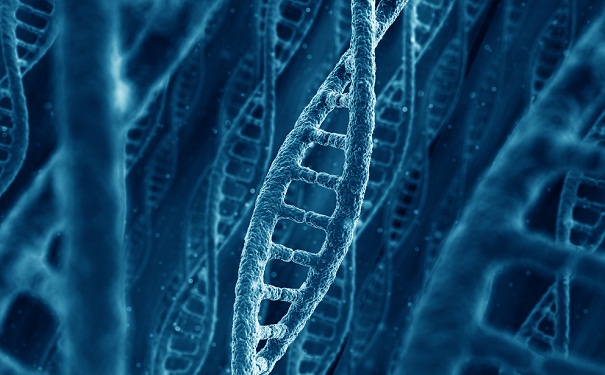
The mutation causing Imerslund-Gräsbeck Syndrome is believed to be 13,600 years old. Image: Shutterstock
Scientists have located a genetic mutation that dates back to 11,600 BC.
Imerslund-Gräsbeck Syndrome (IGS) is a rare, inherited vitamin B deficiency that occurs in children who are born with two mutated copies of amnionless or cubilin genes. If a genetic mistake is present in both copies of either of these genes, the person cannot absorb vitamin B12 in the small intestine.
This mutation was discovered just over 50 years ago, but is now believed to have evolved in the Middle East 13,600 years ago, according to a new study. This is believed to be the second-oldest human disease mutation- a mutation in cystic fibrosis, which evolved between 11,000 and 52,000 years ago, is believed to be older.
Researchers from Ohio State University Comprehensive Cancer Center, who led the study, have said that the mutation is found in vastly different ethnic populations. However, an analysis of the mutation suggests that it originated from a single prehistoric individual and was passed down to their descendants.
This is unusual, as single-founder mutations are normally restricted to relatively isolated populations or specific ethnic groups.
“Diagnosing IGS is often time-consuming and inconclusive mainly because vitamin B12 deficiencies have many causes, so identifying this condition usually involves excluding other possibilities,” said principal investigator Stephan Tanner.
“Our findings permit reliable genetic diagnostics in suspected cases of IGS in that this mutation should be considered first when genetically screening patients from these populations.”
The researchers examined 20 patients, 24 parents, 8 unaffected siblings, and 4 grandparents from 16 IGS families of Arabic, Jewish and Muslim ancestry to determine whether it was a single founder mutation or a mutation that occurred frequently in different populations over time.
The gene sequences on either side of the mutation (i.e. the haplotye for both the Jewish and Muslim families) pointed to a single event rather than a repeated event.
According to Tanner, founder mutations can cause a significant fraction of all cases, even in rare disorders. This particular mutation accounts for over half of the cases in these populations and for approximately 15 per cent of cases worldwide.
“It is also often seen in expatriates living abroad,” Tanner said.






